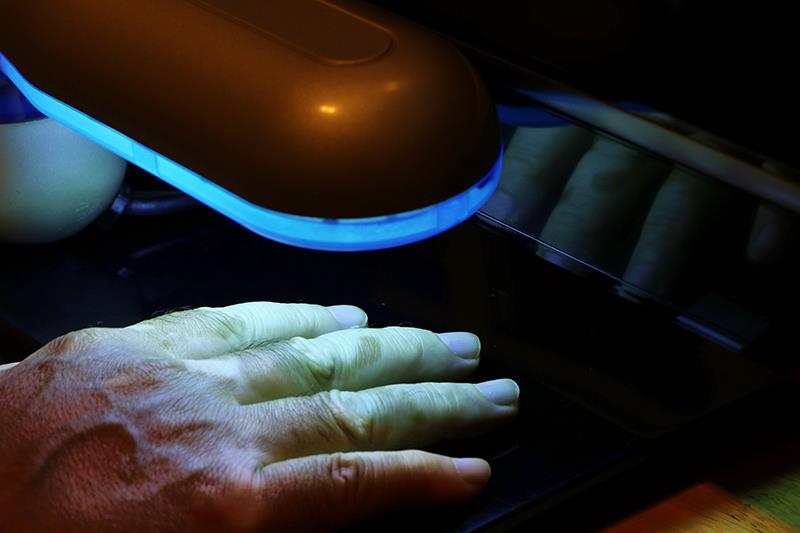Phototherapy for psoriasis at home as good as in the office





Narrowband ultraviolet B (NB-UVB) phototherapy or light therapy performed at home is as good as one done in the doctor’s office in patients with plaque and guttate psoriasis, as shown in the randomized Light Treatment Effectiveness (LITE) trial presented at EADV 2024.
At 12 weeks, more patients receiving home than office phototherapy achieved clear/almost clear skin (32.8 percent vs 25.6 percent; p<0.001) as reflected by a PGA* score of ≤1.
Similarly, there were more patients treated with home- vs office-based phototherapy achieving a DLQI** score ≤5 (no-to-small effect on patients’ life) at 52.4 percent vs 33.6 percent (p<0.001). The same benefits were observed across all Fitzpatrick *** skin types (1-6). [JAMA Dermatol 2024; 25:e243897]
Despite dramatic advances in psoriasis treatment, patients are clamouring for therapeutic control because medications are only partially effective, lose their effect over time, or are discontinued due to adverse effects like infection, poor adherence, or a multitude of access and cost issues. Many still prefer nonpharmaceutical approaches. [Cutis 2022;110:E3-E7]
“Home phototherapy is patient-preferred but currently has very limited clinical data,” said study author Dr Joel Gelfand from the Psoriasis and Phototherapy Treatment Center at the University of Pennsylvania, Philadelphia, US at EADV 2024. “Our findings support the use of home phototherapy as a first-line treatment option for psoriasis. Efforts are needed to make home and office phototherapy more available to patients.”
Looking into the LITE population
The study included 783 patients enrolled from 42 dermatology clinics in the US from March 2019 to December 2023. The mean age of the patients was 48 years, and 48 percent were female.
Researchers compared 12-week treatment with NB-UVB phototherapy at home (n=393 patients) vs at the doctor’s office (n=390 patients). The mean PGA and DLQI scores at baseline were 2.7 and 12.2, respectively. Nearly 45 percent of patients had skin types 1-2, 44.7 percent had skin types 3-4, while 10.6 percent had skin types 5-6. About 11.9 percent were already on systemic treatment.
A higher percentage of patients were adherent to home than office-based phototherapy (51.4 per cent vs 15.9 per cent; p<0.001).
Gelfand, however, acknowledged that because LITE was an open-label trial with a pragmatic design, some outcome data were missing. “Additionally, the cost of the home-based phototherapy equipment used in the study was $6,040.88 and mostly covered by Medicare, but direct costs to patients may have varied depending on an individual’s insurance plan,” he shared.
NB-UVB phototherapy uses wavelengths of 308–312 nm and works by suppressing the cutaneous cell-mediated immune response. It has been shown to be an effective and clinically tolerable treatment for a range of inflammatory dermatoses, including psoriasis. [Cureus 2021; 13: e19182; J Am Acad Dermatol 2019;81:775-804]
An option with less burden
The current study lends credence to previous trials showing that at-home NB-UVB phototherapy was at least as effective and safe as NB-UVB phototherapy in the outpatient clinic setting for mild-to-severe psoriasis. [Ont Health Technol Assess Ser 2020;20:1-134; BMJ 2010;340:c1490]
According to Gelfand, as traditional clinic-based phototherapy is time-consuming, expensive, and inconvenient for patients, home phototherapy offers an alternative option with less burden to patients.